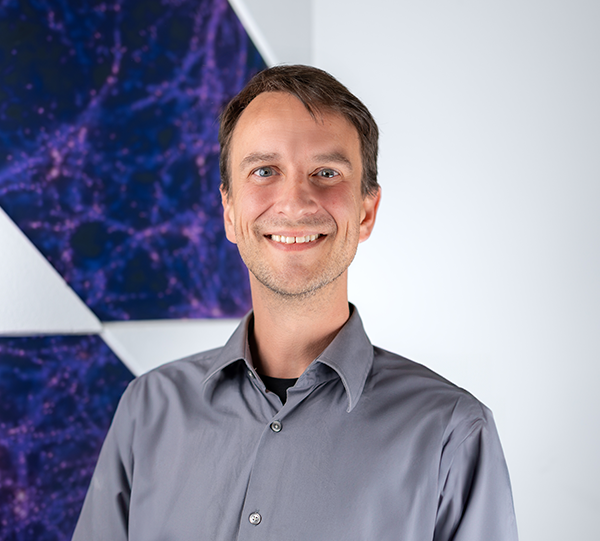Mechanical structures support, protect and isolate the heart of a scientific detector camera system in space: sensors, electronics and optical components, which must stay precisely in place SRON’s mechanical design and realisation engineers and experts have the expertise to solve major challenges.
SRON’s space instruments must meet conflicting requirements: with technology never before proven in space, but extremely reliable; lightweight, but very robust; deeply cooled (cryogenic) but also energy efficient; well shielded, but still sufficiently accessible; capable of a lot, but in a small volume.
The protective role of mechanical structures in space instruments
Mechanical structures support, protect and isolate detector systems and other crucial technology during launch in a rocket as well as in the harsh conditions in space, such as vacuum and the more extreme temperatures and radiation in space. Design and realisation must therefore get it right the first time, because once in orbit, physical maintenance is no longer possible.
Mechanical design and realisation for all phases of technology instrument development for space
Our Mechanical Design Engineers and Mechanical Realisation Engineers contribute their expertise and insight to all phases of instrument development. To cryogenic test fixtures for early-stage experiments with new technology. To feasibility studies for a mission concept and to many demonstration models in the development phase, until finally the design of the flight model and the mounting of the actual instrument on the satellite.
Collaboration across the instrument cycle at SRON
All phases require collaboration in multi-disciplinary teams: with, for example, colleagues at Technology [link to Technology], or Science [link to Science], and the many other instrumentation expertises. The different phases can demand very different things from the same people: creativity and flexibility in experimentation, but strict discipline when it comes to building.
Deep-cooled space instrumentation as a mechanical design challenge
Many of SRON’s detector systems are cryogenic, or deeply cooled. This requires specific expertise from the mechanical experts. In cryogenic instruments, it is important to keep heat away from where the cooled detector is operating, because cooling power with, for example, coolant is limited. For this, SRON’s mechanical colleagues design structural supports that are slim, to minimise heat transfer, but also strong and stiff enough to survive launch.
Space cameras mechanical testing, analysis, design
Mechanical Design Engineers at SRON pay a lot of attention to analysis. They use software to determine the expected behaviour of materials and structures in various more extreme conditions. They also extensively test mechanical components for reliability at more extreme temperatures or vibrations, at test facilities inside and outside SRON. Once the test and analysis results have been evaluated and assessed, they can then make the mechanical design choices and produce designs and drawings for realisation.
Realisation and assembly of space instruments at SRON
Our Mechnical Realisation Engineers produce our test and flight hardware in our versatile and well-equipped workshops. We also have our hardware manufactured externally in some cases, in collaboration with qualified suppliers. The assembly and integration of flight instruments is done in the SRON cleanroom.




